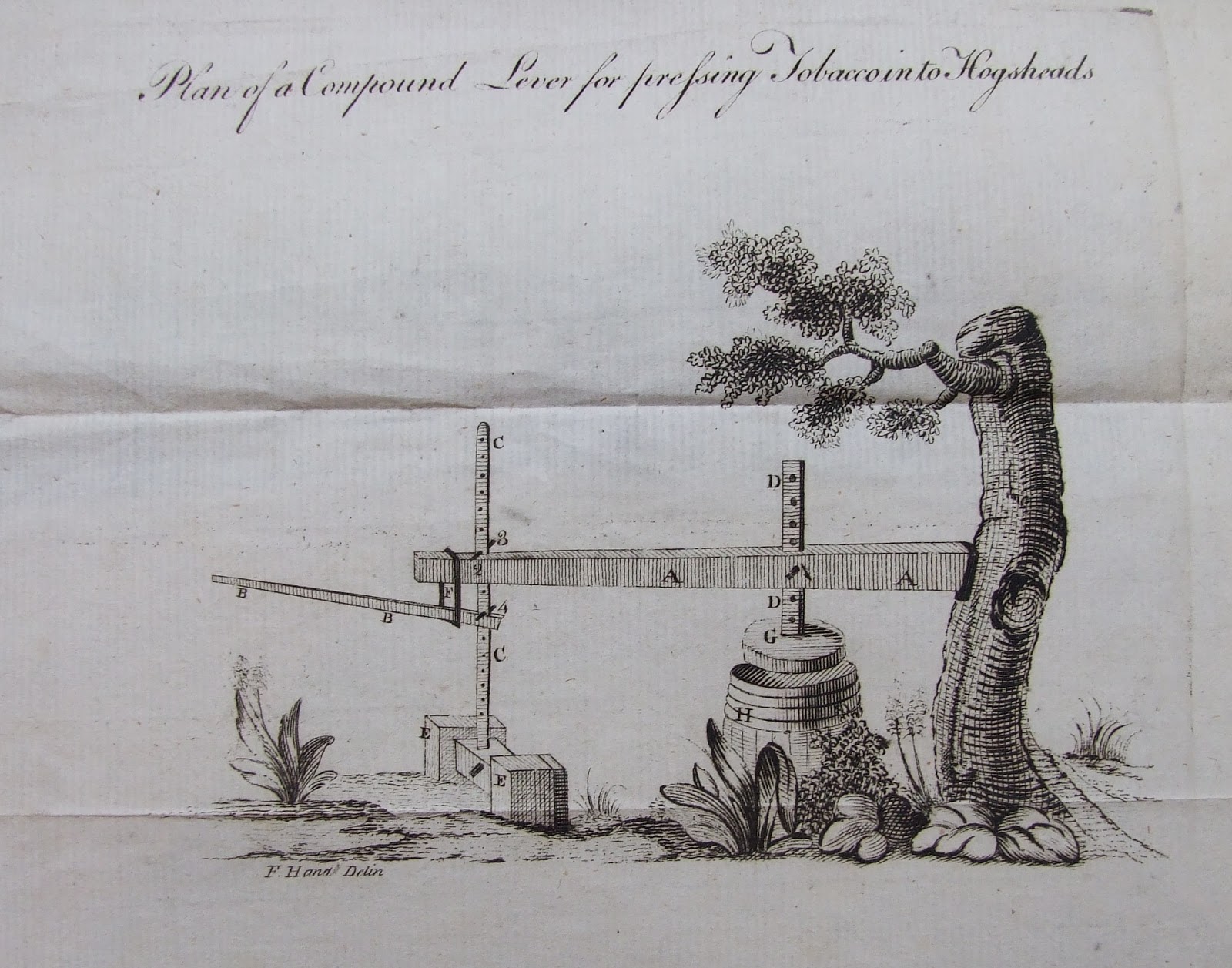'The spasmodic crusades against the use of "the Weed" ': Anti-smoking campaigns through the centuries.
Today, RCPI is marking the 10th
anniversary of the introduction of the smoking ban in Ireland. So it seemed an
appropriate occasion to look at some of the items in the archive and library
relating to smoking.
One of the earliest items in the library on
tobacco is a dissertation, Disputationum
medicarum de abusu tabaci (Medical disputation on the abuses of tobacco).
This dissertation was submitted by one Henry Wils as the final part of his
medical degree at the University of Utrecht in 1641. My Latin is not up to the challenge of
understanding Wils’ arguments, but the title at least suggests that his view
might not be entirely favourable on tobacco.
Wils is not the only person at the
time to express negative views, Richard Burton in his Anatomy of Melancholy,
first published in 1621, had also attached tobacco as ‘a plague, a mischief, a violent purger of goods, lands, health,
hellish, devilish and damned tobacco, the ruin and overthrow of body and soul.’
A different view can be found in
the 1782 work of Farrell Hand, gardener,
A Treatise on the culture of the
tobacco plant. This promotes the need for tobacco plantations in Ireland,
Hand argues that ‘an enormous annual
expense might be saved in the Kingdom, by propagating this plant ... which is
easily done, as the ground on which they have had potatoes planted ... would
prepare it for tobacco the ensuing season’. Hand goes on to offer advice on
the cultivation and curing of tobacco as a crop.
 |
| Illustration of preparing tobacco from Hand's treatise. |
In 1864 Henry Kennedy published a monograph
on Further observation on the diagnosis
of fatty heart, and on smoking etc, as causes of disease. Kennedy was
physician to Sir Patrick Dun’s Hospital in Dublin, and had presented his
researches to the Surgical Society of Ireland.
Kennedy states that;
‘neither is it my intention to speak of the
causes of the disease; but I must notice one which has year after year been
gradually forcing itself on my attention till it has now reached the strongest
conviction in my mind – I mean the habit of smoking, which, I believe, I have
traced in many instances to have been the predisposing cause of the disease ...
I have seen too many cases of fatty heart, in what are called heavy smokers, to
have any doubt on the matter’.
Three years after Kennedy published his
monograph an Anti-Tobacco Society was formed in Manchester and Salford, which
would change its name in 1872 to the English Anti-Tobacco Society as it became
a national organisation. The fifth annual report of the society can be found in
the Kirkpatrick pamphlet collection, and shows the Society was working with
‘enthusiasm and zeal’, publishing tracts and newspaper articles, holding
meetings and campaigning for legislation regulating the sale of tobacco; although
it would be 1908 before the sale of cigarettes to those under 16 was made an
offence. The acceptance of the views of
the Anti-Tobacco Society was far from universal, as the anonymous pamphlet Tobacco Whiffs, also from the Kirkpatrick
collection, makes clear;
‘Notwithstanding
royal and other “counter-blasts” the efforts of the Anti-Tobacco Society, the
spasmodic crusades against the use of “the weed” by eminent medical men,
divines, and medical journals, and the “faint praise” by which it is “damned”
by many of the fair sex, the consumption of tobacco is steadily on the increase
in this country ... The denouncers of tobacco, however, and alarmists generally
need not distress themselves on the score that the increased use of this
“heaven-sent weed” is affecting the health of the community, shortening
longevity, or tending to “the degeneration of the race”. The general health is
yearly improving, the duration of life is increasing; our natural
characteristics of pluck and endurance at no period of our national existence
more conspicuous; and our love of field sports, athletic pursuits, and past
times.’
An argument which hardly holds water, as
the improved health and life expectancy at the time was due to a number of
developments, but was more likely to be in spite of the use of tobacco, than because
of it.
While the medical and wider community
argued over the dangers of tobacco, sources in the archive make it clear that
doctor’s themselves were not averse to indulging in this particular vice. The
Dublin Biological Club’s Incidental Expenses book shows repeated outlay on
‘tobacco’, ‘pipes’ and ‘beer’ during the 1880s; which no doubt increased the
enjoyment of the Club’s meetings if not the health of the attendees.
In 1992 Dr John Fleetwood recalled in a
letter that ‘when I was a medical student
half a century ago medical messes were usually thick with tobacco smoke and we
had a teaching cardiologist who consumed forty cigarettes a day and habitually
smoked while examining his patients’. Medic’s smoking habits were clearly a
problem in this College’s building, as illustrated by the displaying of the
following sign;
In his letter Fleetwood concludes that;
‘On
balance we must, I think, come down in favour of non-smoking and most
importantly give the good example in our professional and social contacts. In
promoting abstinence [from smoking] we must emphasise to the public that the
risks are statistical, for in every group someone will pop up to claim that
their great-uncle smoked sixty a day for sixty years and never even wheezed
while they knew a women who had never had a fag between her lips and she died
of coronary thrombosis. My answer to these is “You could drive down the M1 in
an old banger with bad breaks and a half-drunken driver and you mightn’t end up
in Casualty or the Police Station but would you like to be in the passenger
seat? The statistical risks of a disaster are just too high.”